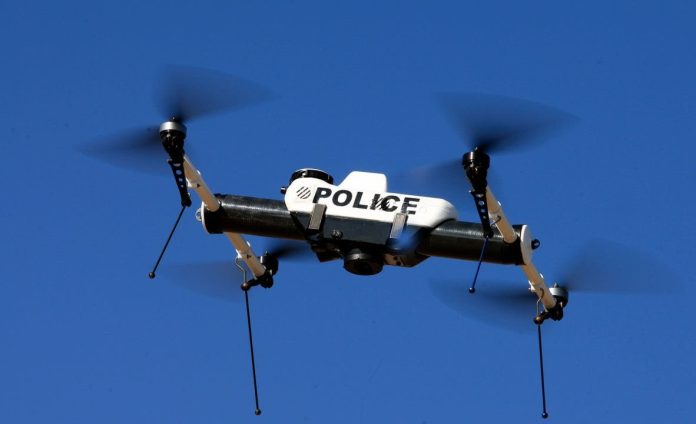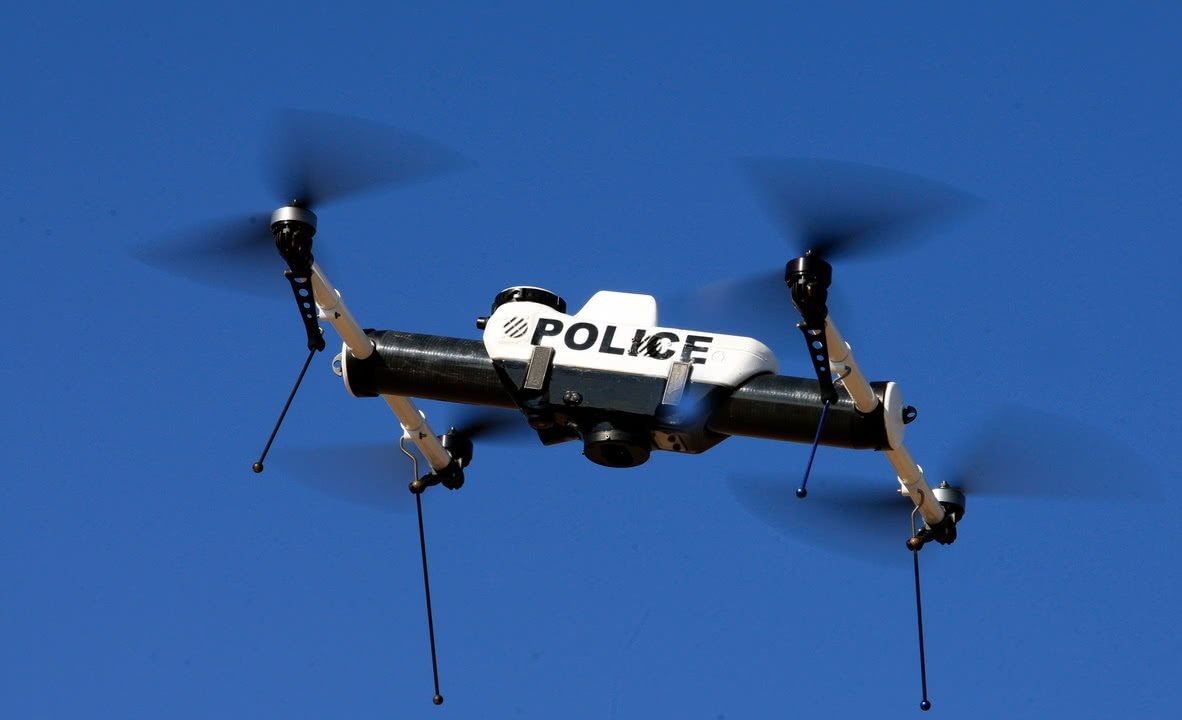
In recent years, the use of drones by law enforcement agencies has grown significantly, provoking debates about the benefits of such programs for public safety as well as the implications for privacy and civil liberties.
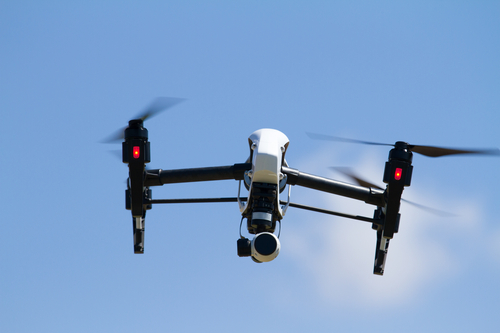
A groundbreaking investigation, based on more than 22 million of flight coordinates, has revealed the expansive scope of the United States’ first full-fledged police drone program in Chula Vista, California.
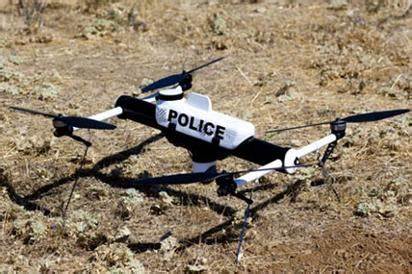
The story of Daniel Posada, known as “Focal,” offers a glimpse into the lived experience of those under the drones’ gaze.
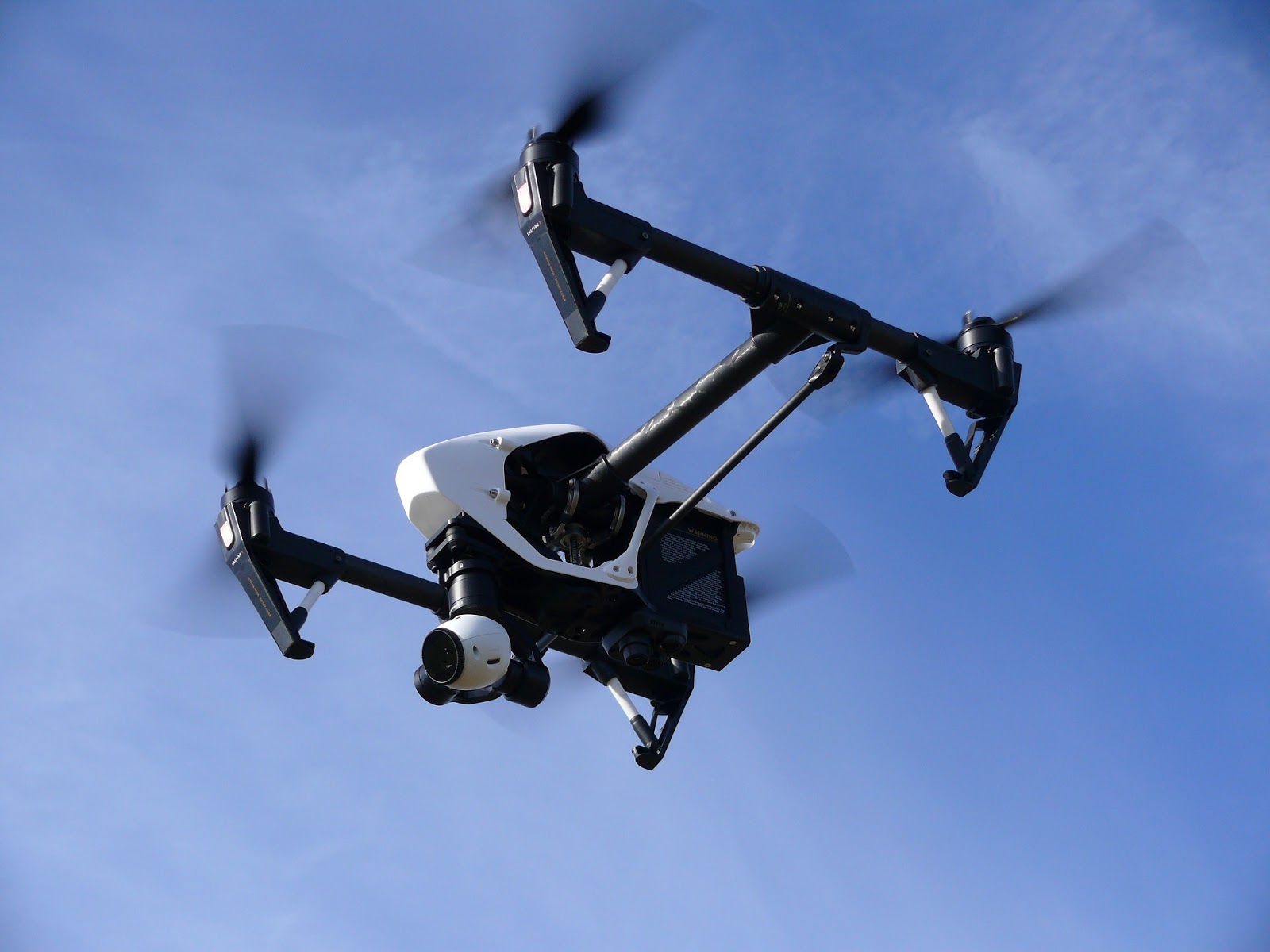
Posada, who resides in a homeless encampment, has frequently felt the invasive presence of these drones, a sentiment echoed by many residents who feel disproportionately targeted by the police department’s aerial surveillance technology.
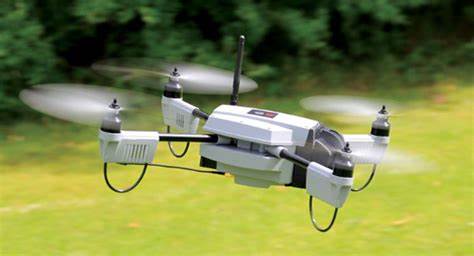
The Chula Vista Police Department (CVPD) began its Drone as First Responder (DFR) program in 2018, a first for the nation, responding to a wide array of incidents.
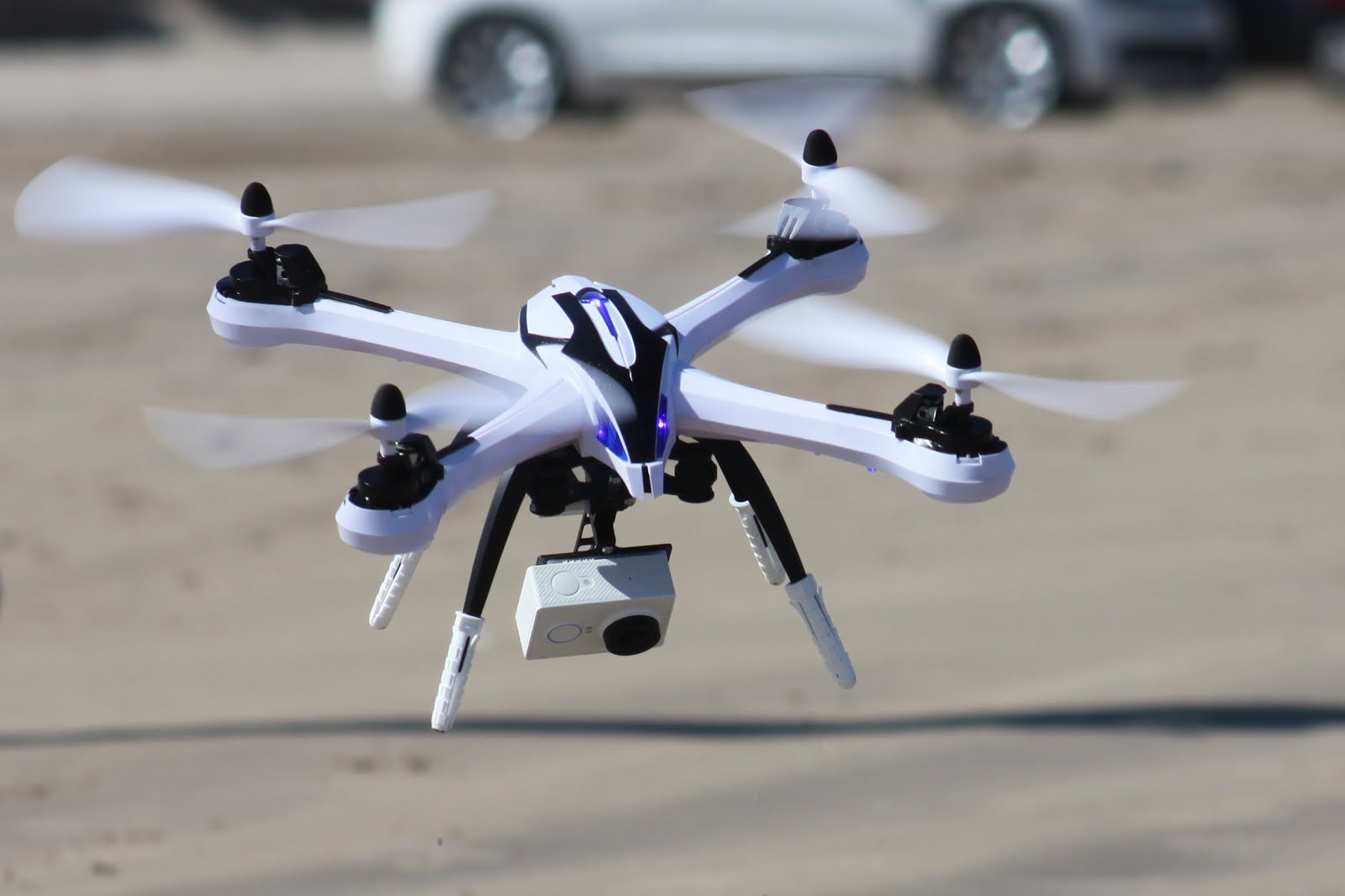
While the CVPD maintains that drones are dispatched solely in response to 911 calls, an investigation found that some flights lacked a clear connection to emergency calls, raising concerns about the true nature and scope of drone usage.
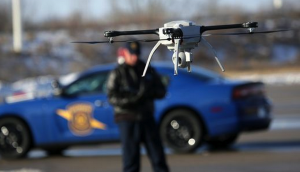
This situation is not unique to Chula Vista.
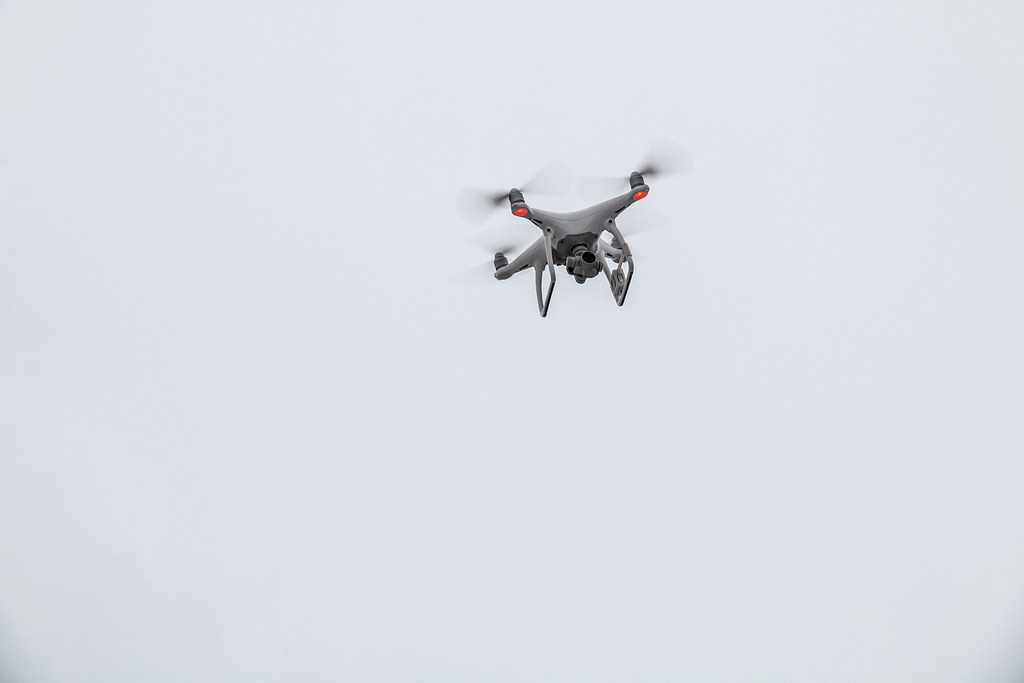
In Enumclaw, the local police department’s recent acquisition of drones, funded by the department’s drug seizure funds, has introduced similar concerns.
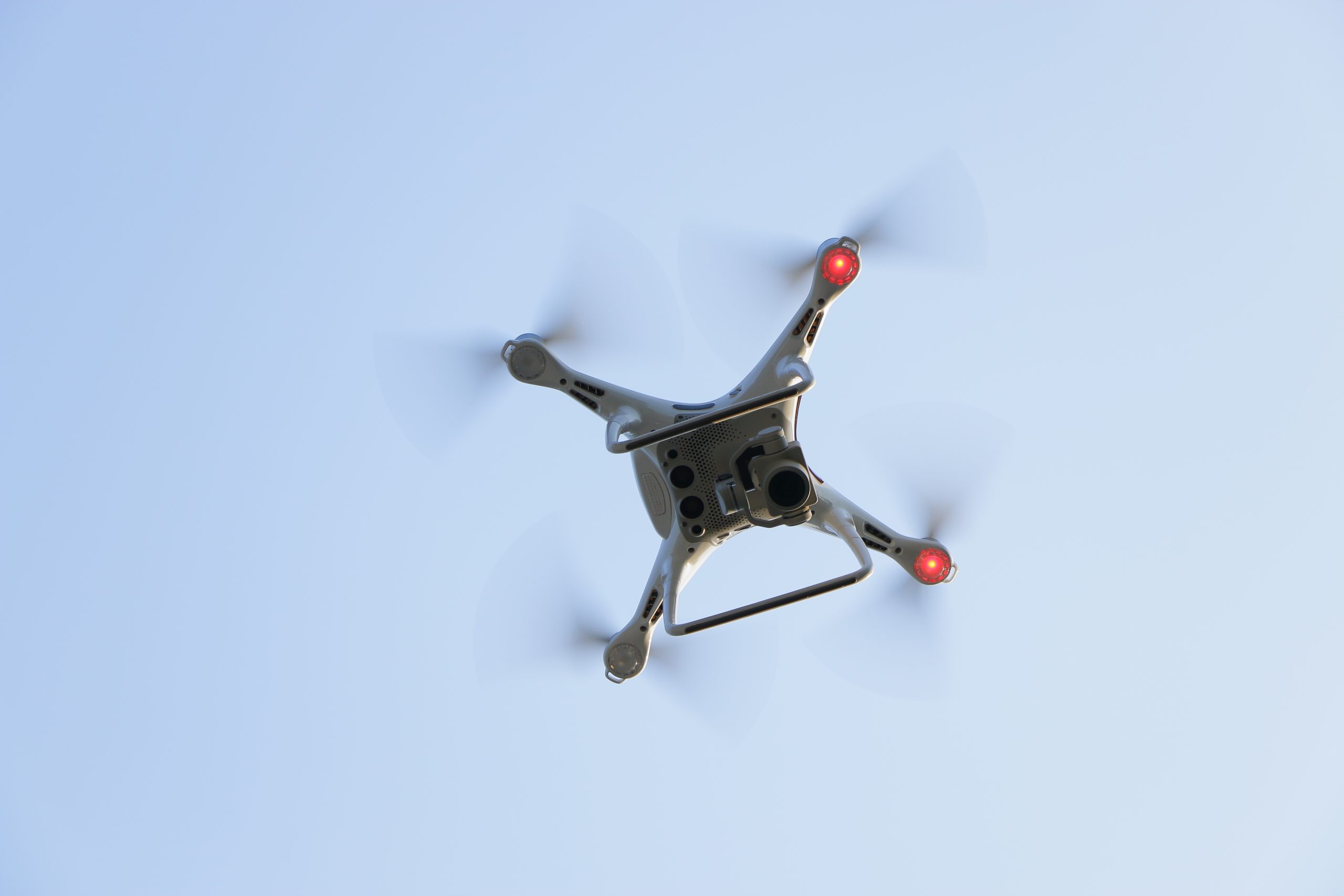
“Nothing changes with your Fourth Amendment rights to privacy with drones,” Commander Mike Graddon of the Enumclaw Police Department said. “We still have to have search warrants for certain areas, or permission, or exigency.”
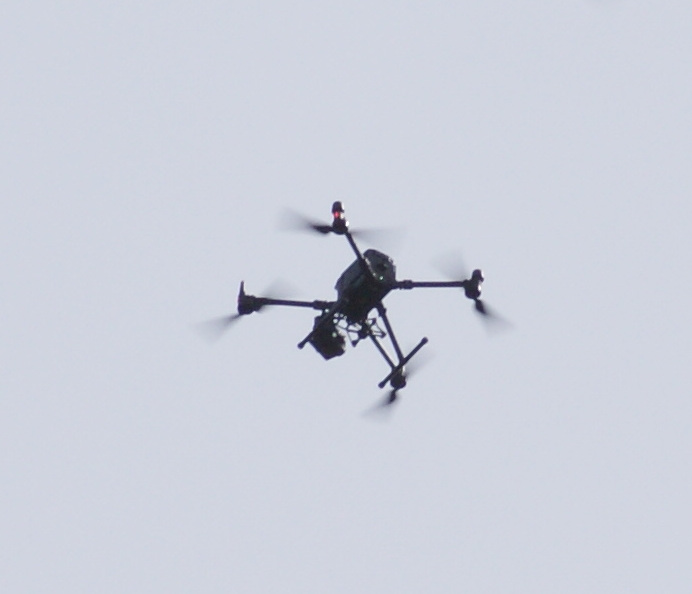
The department’s drones are poised to assist with various operations, ranging from mapping car crashes to locating missing persons, while striving to avoid unnecessary privacy breaches.
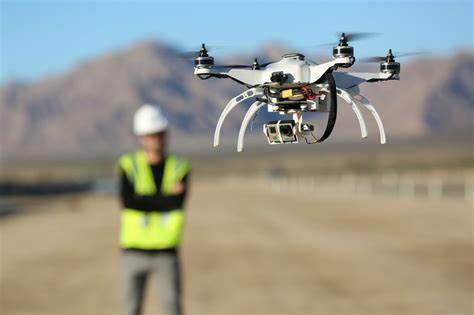
Yet, despite safeguards, the balance between public safety and individual privacy rights remains a delicate one.
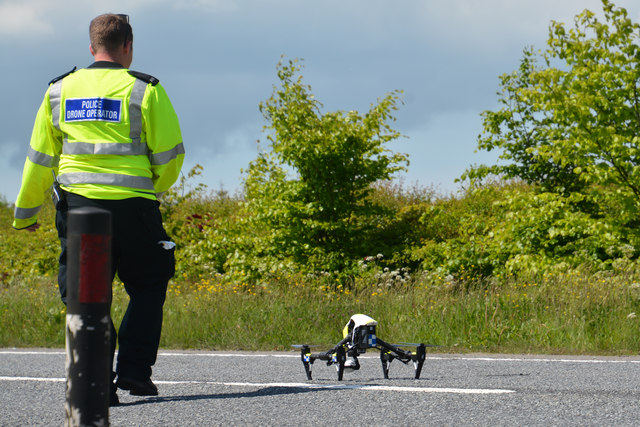
The CVPD claims that their drones do not conduct random surveillance and that their technology is deployed only in response to specific incidents.

Still, the drone flight paths reveal patterns of inequality, with low-income and largely immigrant communities on the west side of Chula Vista experiencing more exposure to drones than the affluent east side.

Residents’ concerns are far from unfounded. They report feeling constantly watched, with drones flying over private spaces such as backyards and public pools.
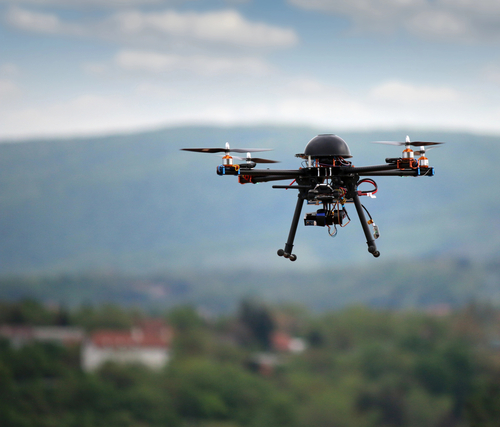
One resident even reported suffering severe depression due to the persistent drone presence, highlighting the psychological toll of such surveillance.
Relevant articles:
– The Age of the Drone Police Is Here, WIRED
– How To Spot A Drone At Night, droneguru.net
– Enumclaw police start new drone program, courierherald.com
